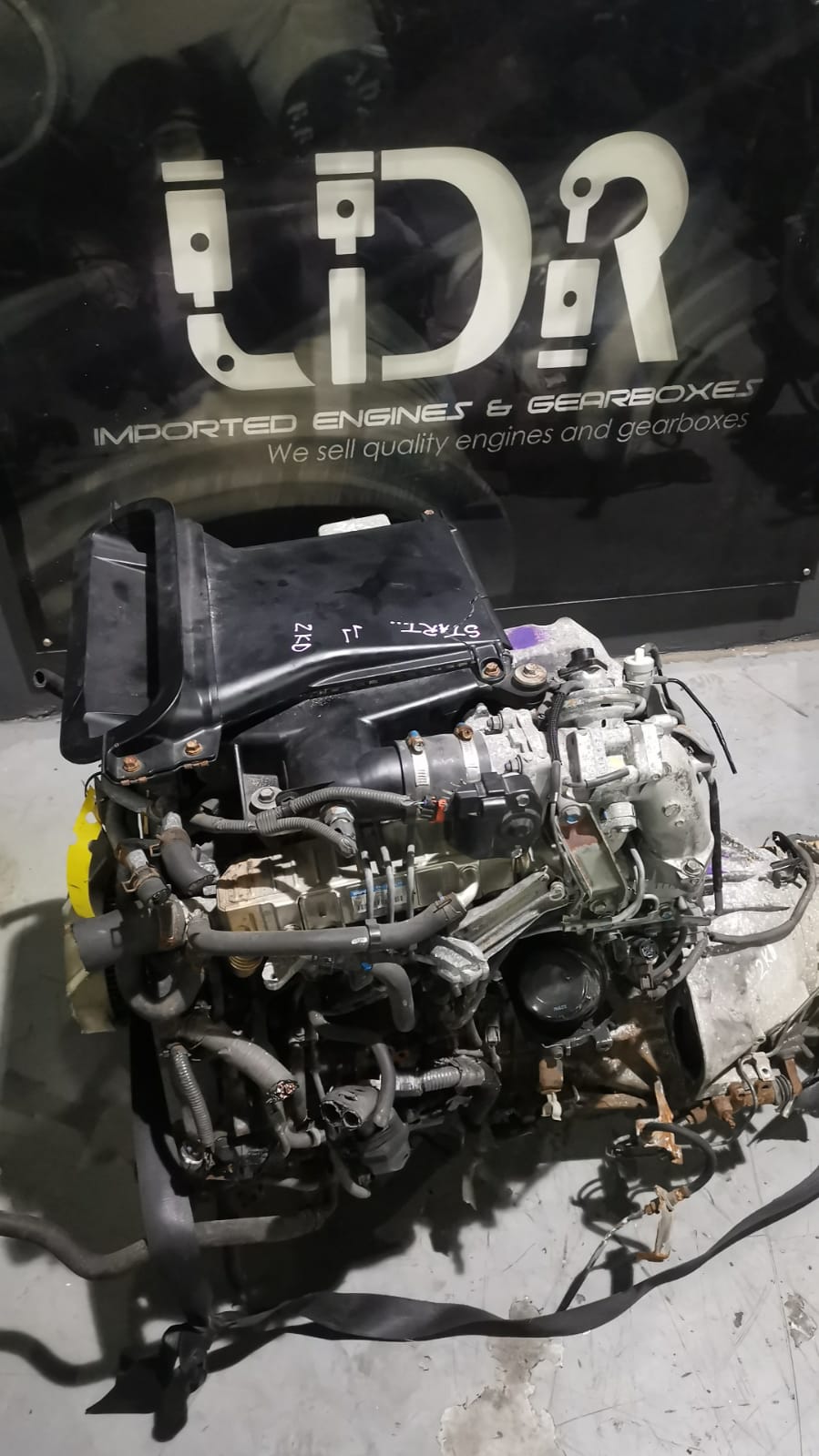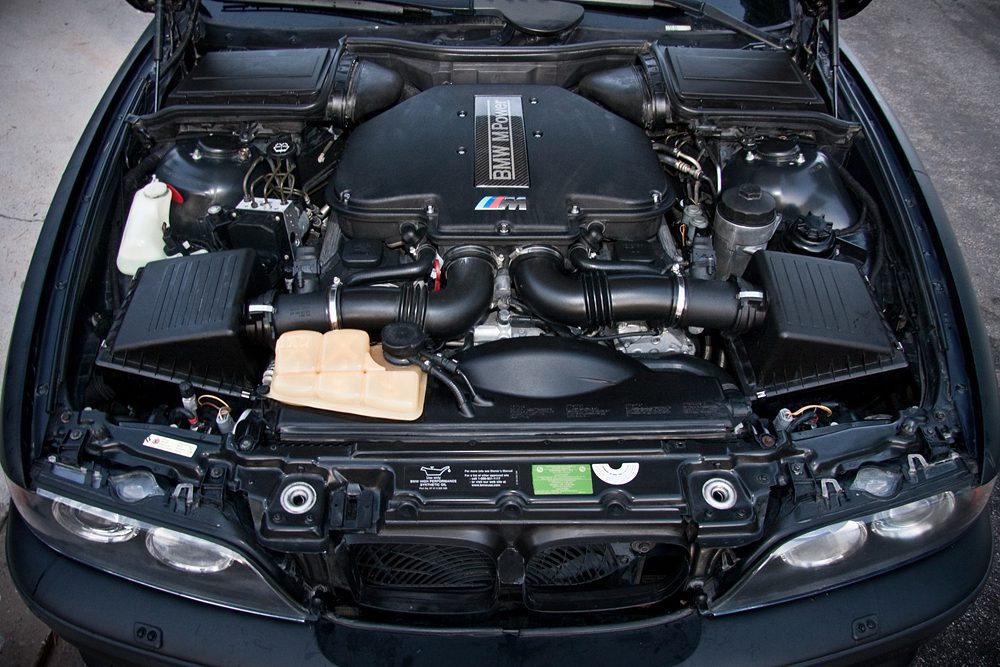Economical Opel Corsa Engine Options for Your Budget
Economical Opel Corsa Engine Options for Your Budget
Blog Article
Exploring the Inner Functions of a Compact Vehicle's Engine System
As motorists, we usually take for given the intricate procedures that take place within the boundaries of our vehicle's engine system. The small yet complex equipment that propels us forward is a wonder of design precision and coordination. From the controlled explosions in the burning chamber to the precise timing of fuel injection, every part plays an important role in the smooth operation of the engine. In this expedition of a portable lorry's engine system, we will certainly decipher the internal operations of this mechanical symphony, dropping light on the secrets that drive us onward on our daily journeys.
Burning Process Overview
The burning process in a small car's engine system is a critical system that successfully converts gas into power to power the automobile. This procedure happens within the burning chamber of the engine, where gas and air mix, stir up, and create controlled surges. The burning process includes four primary phases: consumption, exhaust, power, and compression.
Throughout the consumption stage, the piston relocates downward, attracting in a mixture of air and fuel into the burning chamber. The following stage, compression, involves the piston moving up, compressing the air-fuel mixture to enhance its effectiveness. Subsequently, in the power stage, the ignition system stirs up the compressed mix, leading to a quick development of gases that forces the piston back down. This descending movement produces the power needed to drive the lorry. Finally, in the exhaust stage, the burned gases are removed from the burning chamber through the exhaust valve, preparing the chamber for the next cycle. This cyclic burning process is fundamental to the operation of a small vehicle's engine system, guaranteeing efficient energy conversion for propulsion.
Piston and Cylinder Interaction

The piston's precise fit within the cylinder is essential for preserving optimal compression and preventing energy loss throughout combustion. Limited clearances between the piston and cylinder wall surfaces ensure efficient securing, permitting the piston to move smoothly without allowing gases to leakage past. Appropriate lubrication is also important to decrease rubbing and wear between these components, improving durability and performance.
Moreover, the layout and products made use of in producing the piston and cylinder effect engine effectiveness and toughness. Modern engines typically use light-weight yet sturdy materials like aluminum alloys for pistons and cylinder linings to reduce inertia and enhance thermal performance. Overall, the harmonious communication in between the piston and cyndrical tube is essential to the engine's functionality and total efficiency.
Fuel Injection System Capability
Fuel injection systems in compact automobile engines play a vital role in exactly supplying fuel to the burning chamber for reliable and controlled ignition. The gas shot system operates by injecting fuel right into the burning chamber at the optimal minute during the engine's operation (opel corsa engine). This precise timing makes sure that the fuel blends equally with the air for correct combustion, leading to improved fuel efficiency and reduced emissions
There are largely two sorts of gas injection systems utilized in portable vehicle engines: port fuel injection (PFI) and direct fuel injection (DFI) PFI systems infuse fuel into the intake port before the intake shutoff, while DFI systems inject gas directly right into the burning chamber. Both systems have their advantages, with DFI offering far better fuel atomization and PFI offering a more cost-efficient service.
Comprehending Engine Air Conditioning Devices
Effective operation of a compact automobile's engine relies greatly on the their website performance of its cooling systems. Engine air conditioning is important to prevent overheating, which can cause serious damage and decreased efficiency. The air conditioning system in a compact automobile usually consists of several components interacting to control the engine temperature level. One vital component is the radiator, which makes use of coolant to absorb warmth from the engine. As the hot coolant moves via the radiator, it releases warm right into the air, cooling off before going back to the engine. The water pump flows the coolant with the engine and radiator, ensuring a consistent circulation to regulate temperature. Furthermore, the thermostat assists regulate the coolant flow to maintain optimal engine temperature level. Some vehicles also have cooling down fans that trigger when extra air conditioning is required, such as during heavy web traffic or warm weather. Comprehending these engine cooling systems is vital for maintaining the performance and long life of a compact automobile's engine system.

Exhaust System Parts Explained
The optimum functioning of a small car's engine air conditioning mechanisms depends upon a complementary system called the exhaust system, which comprises numerous necessary parts for making sure reliable discharges and engine performance. The exhaust system consists of components such as the exhaust manifold, catalytic converter, muffler, and tailpipe. The exhaust manifold gathers exhaust gases from the engine's cyndrical tubes and courses them to the catalytic converter. The catalytic converter then converts harmful pollutants in the exhaust right into much less dangerous exhausts before releasing them through the muffler and tailpipe.
One vital element of the exhaust system is the oxygen sensing unit, which keeps track of the oxygen degrees in the exhaust gases to aid control fuel intake and make certain optimum engine performance. opel corsa engine. Furthermore, the resonator might exist in some exhaust systems to reduce noise levels. Generally, the exhaust system plays a vital role in preserving engine performance, minimizing harmful discharges, and ensuring a quieter driving try these out experience for portable automobile owners

Final Thought
To conclude, the portable car's engine system is a complicated mix of elements that interact to assist in the combustion procedure, transform gas right into energy, and eliminate waste gases. Comprehending the internal workings of the engine system, including the piston and cylinder interaction, gas injection system, engine air conditioning systems, and exhaust system elements, is vital for keeping optimal efficiency and effectiveness of the automobile.
The burning procedure in a small car's engine system is a critical device that efficiently transforms gas into energy to power the car.Gas injection systems in portable lorry engines play an important function in precisely providing gas to the burning chamber for efficient and controlled ignition.There are primarily two types of gas injection systems used in small lorry engines: port gas shot (PFI) and direct fuel injection (DFI) Comprehending these engine air conditioning mechanisms is essential for preserving the performance and long life of a compact lorry's engine system.
The optimum functioning of a small vehicle's a knockout post engine air conditioning devices depends on a complementary system known as the exhaust system, which makes up various vital parts for making certain efficient exhausts and engine efficiency.
Report this page